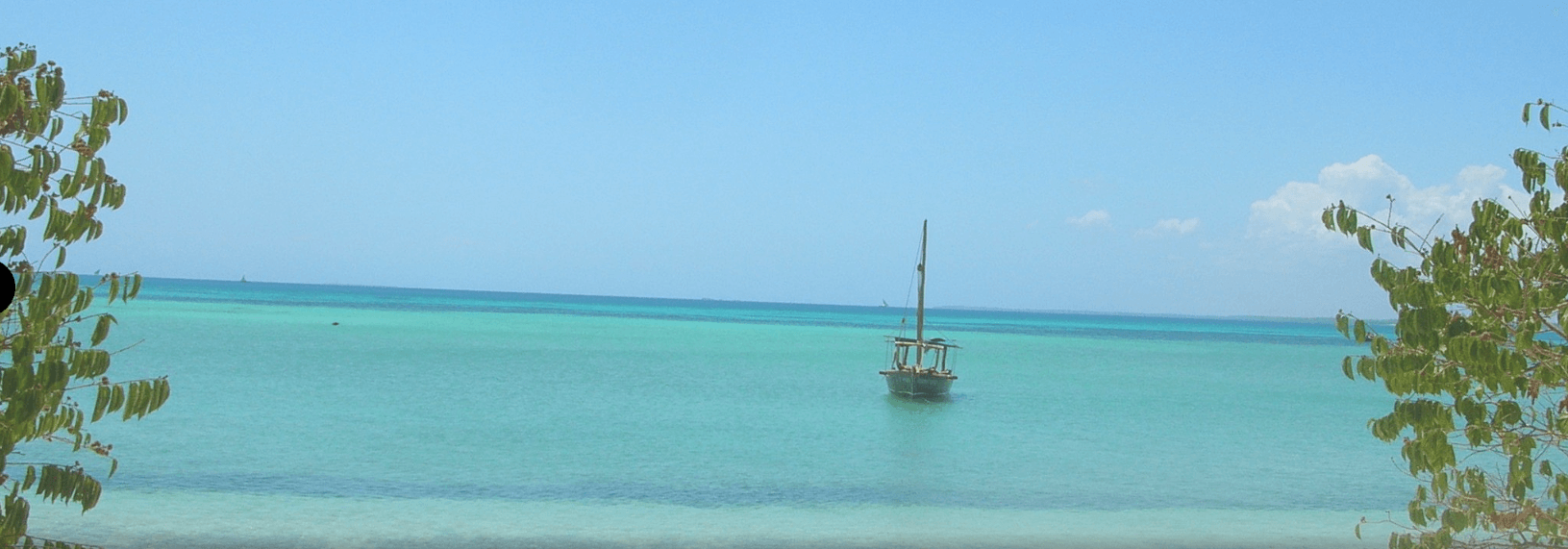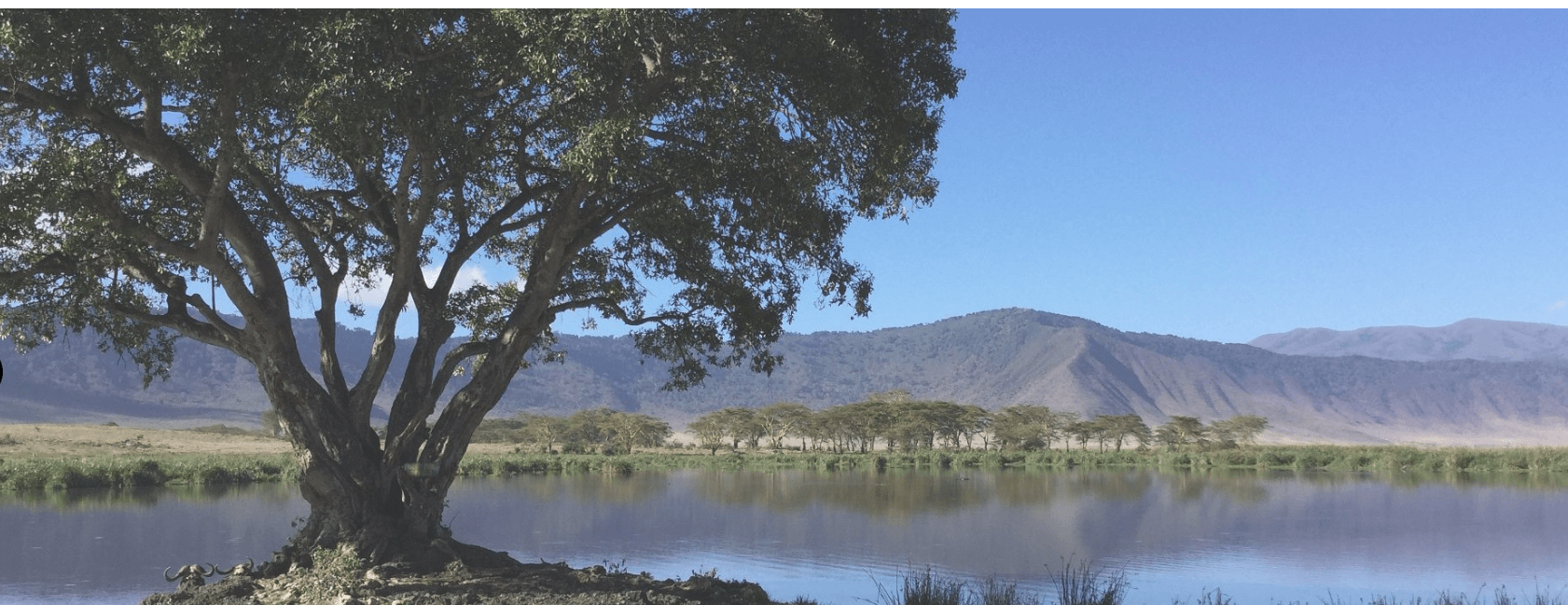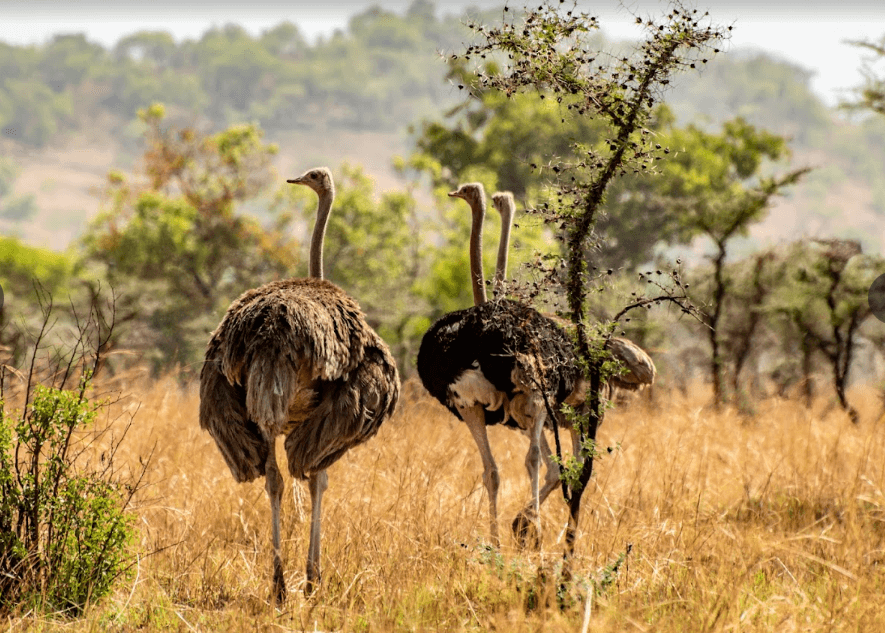Samburu National Reserve: A Complete Guide to Kenya’s Hidden Safari Treasure
Samburu National Reserve in northern Kenya offers a unique safari experience, distinct from the popular parks in the south. With striking landscapes, diverse wildlife, and rich cultural heritage, Samburu is a hidden gem among Kenya’s reserves. Its dry, rugged terrain supports rare species not found elsewhere in Kenya, making it ideal for adventurous travelers and wildlife enthusiasts. This guide explores Samburu National Reserve, including its history, wildlife, activities, accommodations, and travel tips.
Samburu National Reserve offers a unique safari experience in Kenya, with rare wildlife, rich culture, and stunning landscapes. From the Samburu Special Five to breathtaking sunsets over the Ewaso Ng’iro River, every moment showcases Kenya’s natural beauty and heritage. Whether you’re a seasoned safari-goer or a first-time visitor, Samburu promises unforgettable memories of northern Kenya.
Mount Kenya National Park combines equatorial and alpine environments, creating a diverse wildlife haven with stunning landscapes. For climbers and nature enthusiasts alike, it offers unmatched adventure and scenic beauty.
This guide covers everything you need about Mount Kenya National Park—how to get there, top attractions, activities, accommodations, and FAQs.
The Unique Landscape of Samburu National Reserve
Samburu National Reserve is defined by its semi-arid savannah, rolling hills, volcanic rocks, and dramatic escarpments. Unlike Kenya’s lush southern parks, Samburu’s landscape is dry and rugged, with sparse vegetation that allows for easier game viewing. The Ewaso Ng’iro River, which flows through the reserve, provides water to the region’s wildlife and creates a vibrant green corridor that contrasts beautifully with the surrounding arid terrain. This unique combination of landscapes offers visitors an unforgettable backdrop for their safari adventures.
How to Get There
Samburu National Reserve is accessible by both air and road, giving visitors the flexibility to choose the best option based on their budget, time, and preferences.
By Air
The fastest and most convenient way to reach Samburu National Reserve is by air. Flights from Nairobi’s Wilson Airport to Samburu’s Oryx or Buffalo Springs Airstrips take about 1.5 hours, significantly reducing travel time. Several local airlines operate daily flights to these airstrips, providing a quick and comfortable journey with stunning aerial views of Kenya’s landscapes.
By Road
For those who prefer a road trip, Samburu National Reserve is accessible by car from Nairobi. The journey takes approximately 5-6 hours, covering a distance of about 300 kilometers. Although the roads are mostly paved, a 4×4 vehicle is recommended for navigating the rougher sections near the reserve, particularly during the rainy season. Many visitors opt for organized tours that include transportation, allowing for a stress-free journey through Kenya’s scenic countryside.
Top Attractions in Samburu National Reserve
Samburu National Reserve boasts a range of unique attractions that make it a prime destination for safari enthusiasts. Here are some of the reserve’s highlights:
The Samburu Special Five
One of the unique aspects of Samburu National Reserve is its “Samburu Special Five” — a group of rare animals that are not commonly seen in other Kenyan parks. This group includes the Grevy’s zebra, Somali ostrich, reticulated giraffe, gerenuk, and Beisa oryx. These animals are adapted to the reserve’s semi-arid environment and are a significant draw for visitors seeking unusual wildlife encounters.
Ewaso Ng’iro River
The Ewaso Ng’iro River is the lifeline of Samburu National Reserve, attracting wildlife to its banks in search of water. The river is home to large populations of crocodiles and hippos and serves as a watering hole for elephants, lions, leopards, and other animals. Visitors can often witness thrilling predator-prey interactions around the river, especially during the dry season when animals congregate around the water source.
Lions of Samburu
Samburu is famous for its lion population, particularly the pride known as the “Samburu Lions.” These lions have adapted to the reserve’s dry conditions, making them a fascinating subject for wildlife enthusiasts and photographers. Observing the lions in their natural habitat, especially during a hunt, is an exhilarating experience that showcases the raw beauty of the African wilderness.
Birdlife
Birdwatchers will be thrilled by the avian diversity in Samburu National Reserve. With over 450 bird species recorded, the reserve is a haven for bird enthusiasts. Notable species include the Somali ostrich, vulturine guineafowl, pygmy falcon, and the vibrant yellow-billed hornbill. The combination of riverine forests, savannah, and rocky outcrops creates an ideal habitat for both resident and migratory birds.
Scenic Landscapes and Sunsets
The rugged beauty of Samburu’s landscapes is truly captivating, with rolling hills, escarpments, and wide-open plains stretching as far as the eye can see. As the day ends, the African sun casts a golden hue over the landscape, creating a perfect setting for photography and reflection. Watching the sunset over the Ewaso Ng’iro River, with silhouettes of animals against the horizon, is a magical experience that leaves a lasting impression on visitors.
Activities
Samburu National Reserve offers a wide range of activities that cater to different interests, from wildlife viewing to cultural experiences. Here are some of the top activities to enjoy:
Guided Game Drives
Game drives are the primary way to explore Samburu National Reserve and get up close to the park’s wildlife. These drives are typically conducted in the early morning or late afternoon when animals are most active. Experienced guides lead the drives, helping visitors spot the Samburu Special Five, big cats, and other iconic animals while providing insights into their behavior and ecology.
Walking Safaris
For those seeking a more immersive experience, walking safaris offer a chance to explore Samburu on foot. Accompanied by armed rangers, visitors can learn about the reserve’s flora and fauna from a unique perspective, observing smaller animals, plants, and tracks that might go unnoticed during a game drive. Walking safaris allow for a deeper connection with the environment and are ideal for adventurous travelers.
Bird Watching
With its rich avian diversity, Samburu National Reserve is a paradise for birdwatchers. Early morning birdwatching tours allow visitors to spot a variety of bird species in different habitats, from riverine forests to open savannahs. Bringing a pair of binoculars and a bird identification guide is recommended for those interested in the unique birdlife of Samburu.
Cultural Visits to Samburu Villages
The Samburu people





